There's a story in the LA Times today about Morleigh's brother-in-law Oguri, he's a dancer as well and she's directed movies of his performances. The story (which takes place at Joshua Tree) is really interesting and also mentions Morleigh's sister Roxanne. No mention of Morleigh, though. Very cool, such an artistic family!
Butoh in the badlands
A quest for a pure form of expression leads choreographer Oguri to create austere art in a stark landscape.
By Louise Roug, Times Staff Writer
By the side of a desert road ? past the towns of Joshua Tree and Twentynine Palms, a radio tower and the hole-in-the-wall bar Stars Way Out ? two Japanese fish flags billow slightly in the wind. They signal a whitewashed house up a dusty driveway, where a sign reads, "The Truth Is Out There."
Here on a recent weekend, a group of people has gathered to begin a 100-mile journey on foot through the desert, a trek organized by Los Angeles dancer and choreographer Oguri.
Four years ago, Oguri, who is short and sinewy and goes by one name, began investigating this daunting terrain as a locale for dance. Mostly, he searched and performed alone, his only audience a photographer. Returning to the city, he often used his trips as the inspiration for theater performances.
In May 2001, for instance, he evoked his outdoor experiences inside the Electric Lodge Performance Space in Venice, feeling his way through clusters of enormous poles in an hourlong solo titled "Tie/Earthbeat" that a program note described as being about man's accommodation to nature.
Five months later at the same venue, another event featured an exhibition of photographs, journal pages and video sequences from Joshua Tree plus a performance centered on the body's struggle to evolve from a fetal clump to upright mobility.
Oguri called his exploration "Height of Sky," and this latest undertaking, "Nowhere, Now Here," is to be its culmination ? his most ambitious desert project yet. The itinerary calls for two performances at journey's end, one just before dusk and the other just after dawn the next day.
Besides Oguri, the participants are an L.A.-based actor, Eric Losoya; a Spanish architect, Sergio Ortiz; a Dutch dancer, Frank van de Ven; a San Francisco photographer, Roger Burns; a Southern California TV director, Robert Scott; and a Pasadena high school teacher, Sonja Sung.
"Not like a quest but like an adventure" is how Oguri has conceived the journey. "To put the body into chaos."
BLISTERS. BEAUTY
The desert ? a monotone horizon when viewed through a car window ? is a vivid, ever-changing landscape up close. Beginning at the southwest corner of Joshua Tree National Park on Sunday afternoon, Oguri and his cohort are to take a route with a loopy C shape, traveling clockwise.
Each day, from sunrise to sunset, they will walk "through the middle of nowhere, across land that is usually outside of human radar," Oguri says.
And so, over the course of a week, they climb an ominous-looking mountain: gray, rocky and challenging. They cross a plateau, suddenly revealed like a garden abundant with flowers and cactuses. They follow washes instead of trails, traversing hard, rugged land, seeing Joshua trees, a rust-colored peak and a hill of black rocks. Sand dunes become dry lakes, wildflowers on the desert floor are succeeded by swarms of crickets. The walkers see desert turtles, rattlesnakes, a black widow. And once ? from afar ? they spot another human, a park ranger.
The weather, however, remains constant: relentless sun, temperatures hovering above 80.
In advance of the trip, Oguri buried water and food at different locations to be picked up along the way. Since the trekkers' garbage can't be abandoned, they carry it with them; in one backpack, the trash starts rotting. And they have to forgo any claim to privacy.
Without shelter, they sleep on the ground, often collapsing after a day's exertion. By Wednesday ? with 50 miles still ahead ? Sung's feet are covered with fresh blisters, and it's hard for her to keep up with the men. Oguri is carrying a walkie-talkie in case they need help, but Sung is determined to continue. She cries with every step she takes.
A 'SHOCKING' ART
Oguri was born 41 years ago in Tajimi, Japan, about 150 miles west of Tokyo. His interest in dance was ignited when he was 19 and saw a photograph of Tatsumi Hijikata, who in the late 1950s had developed what became known as butoh dance.
"It was very shocking to me ? it was so beautiful," Oguri says.
Working in a postwar society and influenced by the surrealist writings of Antonin Artaud, Hijikata developed ankoku butoh ? "Dance of Darkness" ? by rejecting the aesthetics of traditional Japanese dance and embracing instead disorder and the grotesque.
The Japanese character for butoh consists of two elements: bu, meaning "dance," and toh ? "step." As the name suggests, it's movement done close to the ground, a stomping form. Guided by improvisation, the dancers often perform nearly naked, covered in white paint. Butoh mixes elements of mime, slow stylized movement and neo-expressionist dance.
"Butoh strips the body to its essence," one of its leading practitioners, Min Tanaka, once said.
In 1985, Oguri joined Tanaka's dance company, Mai Juku. There, he met Van de Ven, who was also part of the company. When they weren't performing in a small underground theater in Tokyo, the dancers worked on a farm outside the city. For Oguri, the physical demands of agricultural labor mirrored the dancers' work in the studio.
After five years of performing with Tanaka (and growing the local radish), Oguri came to Southern California and linked with two other Tanaka veterans, Roxanne Steinberg and Melinda Ring, who had started doing workshops inspired by their training in Japan.
Having abandoned the idea of farming, he had turned to a different landscape.
At the Electric Lodge in Venice, he also established a dance company, called Renzoku ? "continuum." But he went repeatedly to the desert, seeking to determine the limits of his body in that environment.
"There's a certain point when there's this openness ? the expansiveness of the desert ? and those big things in your life suddenly seem very small," says photographer Burns, who has documented most of Oguri's desert work. "There's a purity about that which is reflected in the work."
A DESERT RAIN
Saturday morning, a petite French dancer, Christine Quiraud, who is joining the trek on its final day, gets up before daybreak at the whitewashed house where the others set off six days earlier. Having packed food and supplies for the evening's performance, she and Steinberg, Oguri's partner and collaborator, leave in a pickup truck. After a bumpy 30-minute ride into the desert, Quiraud spots the members of their group, who look dirty and tired. Oguri approaches the women. "Welcome," he says. "Nice to meet you in the desert."
A four-hour walk later, the group settles down for lunch. Everyone agrees that the meal ? bread, kippers, tuna and papaya (brought by Quiraud) ? is the finest they've had all week.
During their lunch rest, the sky has darkened. The wind picks up. After days of relentless sun, rain now falls in heavy drops on the sand.
Oguri and company are nearing the end of their journey, a valley floor about two miles from the house, where the previous weekend they built a series of sculptural markers with stones: a circle, a tower and a cross. This is where they will meet the audience, and in the rain Oguri outlines the coming performance, using sticks, rocks and circles in the sand.
"When we get to that point, lie down," he says, "and remember that ridge or skyline you saw."
His instructions are sotto voce, tentative and searching ? ideas and suggestions rather than calls for specific movement.
Closer to their destination, the dancers apply white theater makeup and get into costume: loose, sand-colored shirts and pants. Holding sticks with white fabric stretched between them ? like a wordless political banner ? they begin their descent into the valley. The only sound is the wind in the drying brittlebush nearby.
SUBTLE GESTURES
"The body is a landscape in itself, so it's a landscape within a bigger landscape," dancer Van de Ven says. "Not a fixed entity but, like the weather, constantly changing."
At Ace Gallery Los Angeles, Oguri had seen a video of work by artist Richard Long, who in the late '60s began recording his own subtle gestures on the landscape ? walking back and forth in a field of grass, for example, and photographing the path he made.
The work of Robert Smithson, creator of the "Spiral Jetty" in the Great Salt Lake in Utah, was another inspiration for Oguri's desert project, which combines earthwork (a sculpture of natural material, for example) and movement (the act of building or a performance).
It was in 2001 ? after he'd received a number of grants, including an Irvine Fellowship in dance and an Artist Fellowship from the California Arts Council ? that he began "Height of Sky."
"I was really interested in the desert ? its scale, the weather," he says.
Over the years, he danced in the shaft of a salt mine. He walked at the height of August heat until he collapsed. He built sculptures. And he got lost.
"It's the motion and the expression in its purest form," Burns says.
A RITUAL
It has stopped raining. The clouds pull back like a stage curtain. As the sun draws shadows across the valley, the approaching audience watches seven figures descend into the Old Dale Mining District, tethered into a single white line by the strip of canvas. About 40 people ? relatives, friends and the simply curious ? have driven from L.A. and hiked into the desert for the performance.
When the performers get closer, they form a circle and discard the fabric ? and their backpacks. Crouching first, then slowly unfolding and stretching, they walk forward, now on their toes, pointing walking sticks to the sky, the sand glowing red-golden beneath their feet. Moving from the stone cross to the tower, they pick up their pace. They have to reach the final marker ? the circle ? before darkness falls.
The sun has almost disappeared behind the mountain ridge when, running, they reach their destination. Oguri takes off his shoes and enters the circle while the other dancers move around its perimeter, muttering or yelling, laughing and singing. Inside, Oguri twists and turns his body, first slowly, then faster, thrusting his chest toward the sky and his palms up. After a few minutes, Van de Ven enters. One by one, the others follow, dancing barefoot on the cold sand. It is dark, and their movements are almost imperceptible when five people enter the circle carrying buckets of water. As a cleansing ritual to mark the journey's end, they sprinkle the dancers' faces, hands and feet. Finally, these "helpers" lead the dancers out of the circle.
Afterward, Ortiz looks tired but calm. "For so many days, you've been holding this moment," he says. "It's amazing how connected you feel to the landscape, to the sky."
Losoya and his girlfriend linger in an embrace. "Now I get it," says Kelly Hargraves, a dance aficionado who has been watching. "They've been gone for a long time."
The dance was meant to bridge two landscapes, Oguri writes in his notes later.
"Originally I came to the desert from the city. This time I came back to the community from the wilderness."
At the camp before sunrise the next day, groups of dancers in white unfold large quadrangular swaths of fabric, also white. Each dancer pulls at a corner, and, slow-moving dervishes, they spin around in the dust. Leaving the campsite, they lift the canvas above them and walk into the desert, like a mystical, medieval procession.
Watched by a still-drowsy audience, the dancers spread their fabric on the ground and face the sun as it slips above the ridge. In the first light, color returns to the landscape.
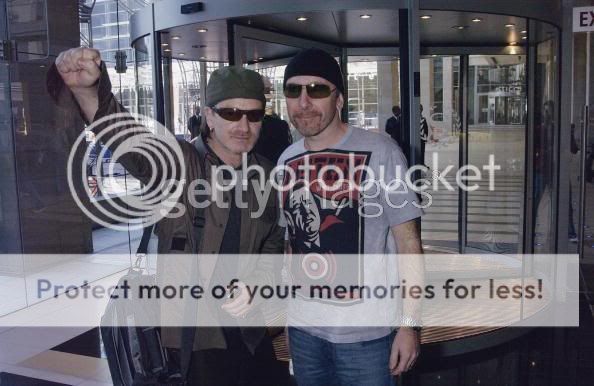
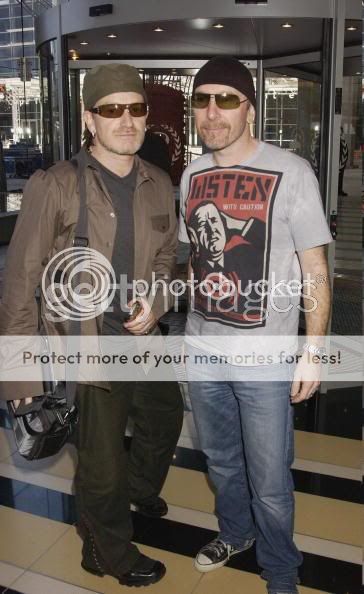

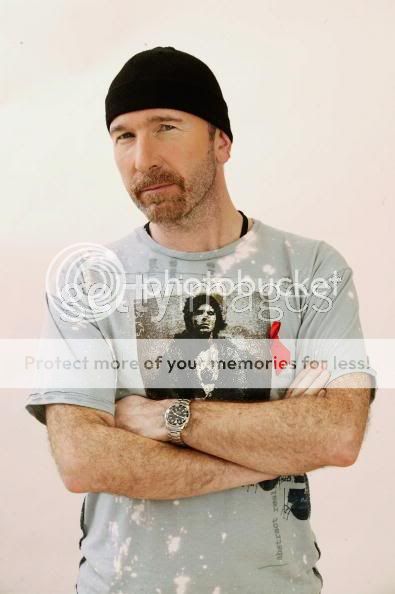




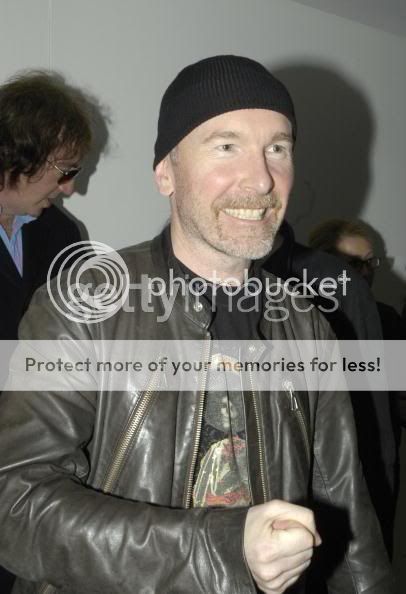
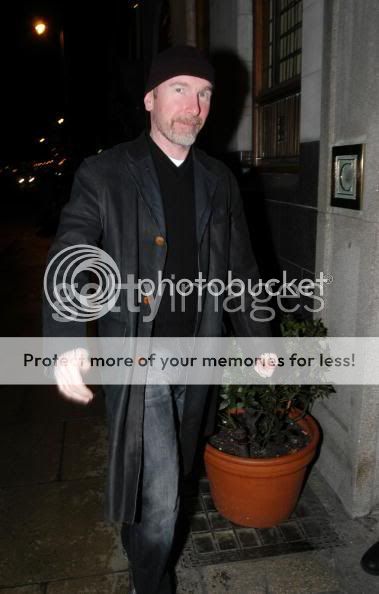
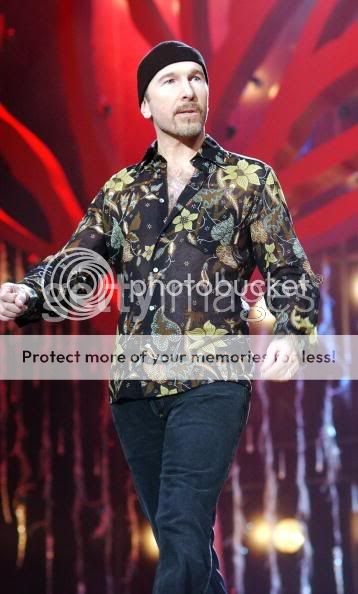
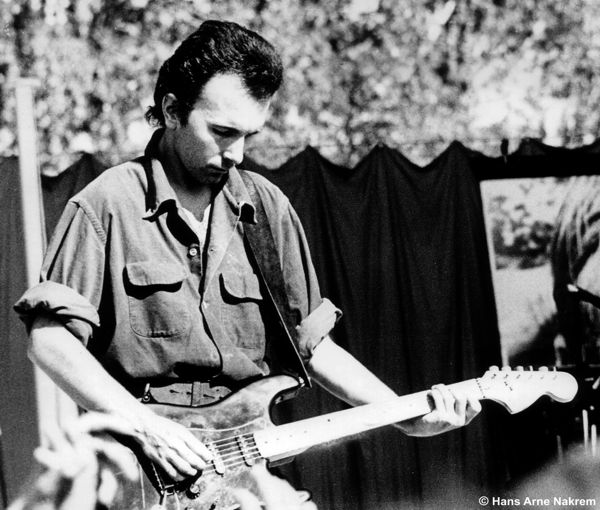











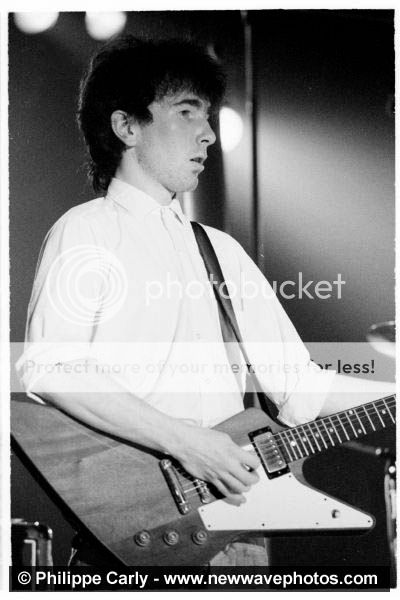
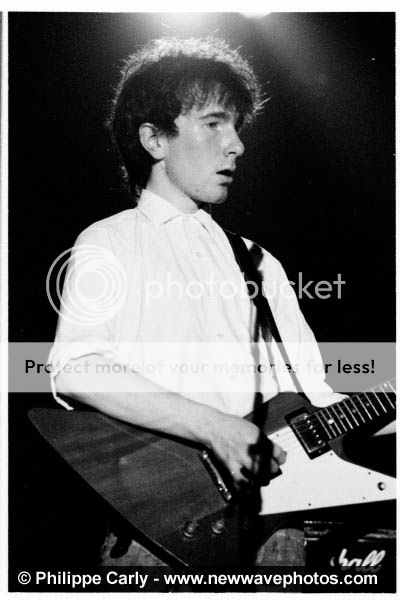

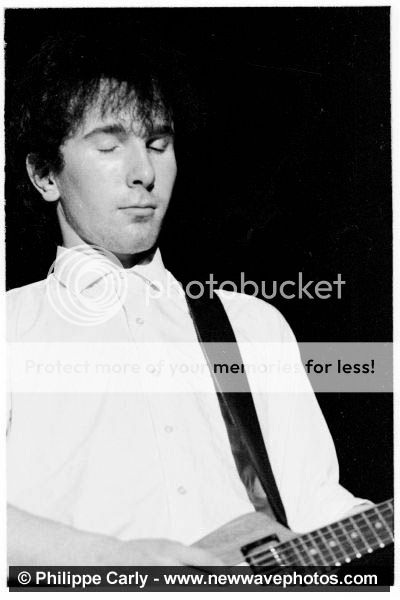
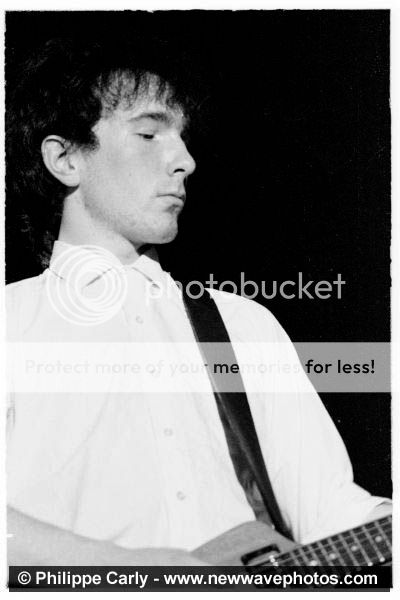

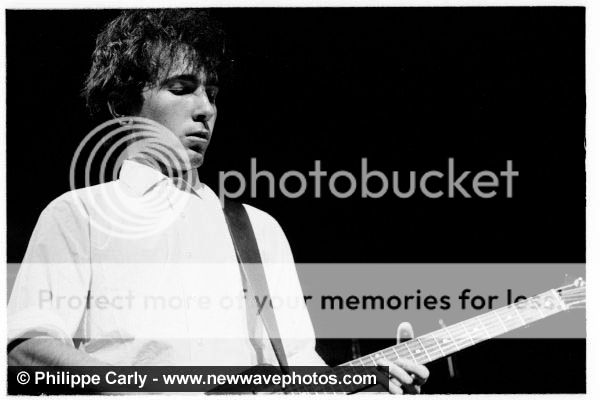





 he does look really good. I'll go to Dublin with you anytime!
he does look really good. I'll go to Dublin with you anytime! 

he does look really good. I'll go to Dublin with you anytime!




 stuffs Adam pics under rug & tries to look like a faithful Edge girl*
stuffs Adam pics under rug & tries to look like a faithful Edge girl*



